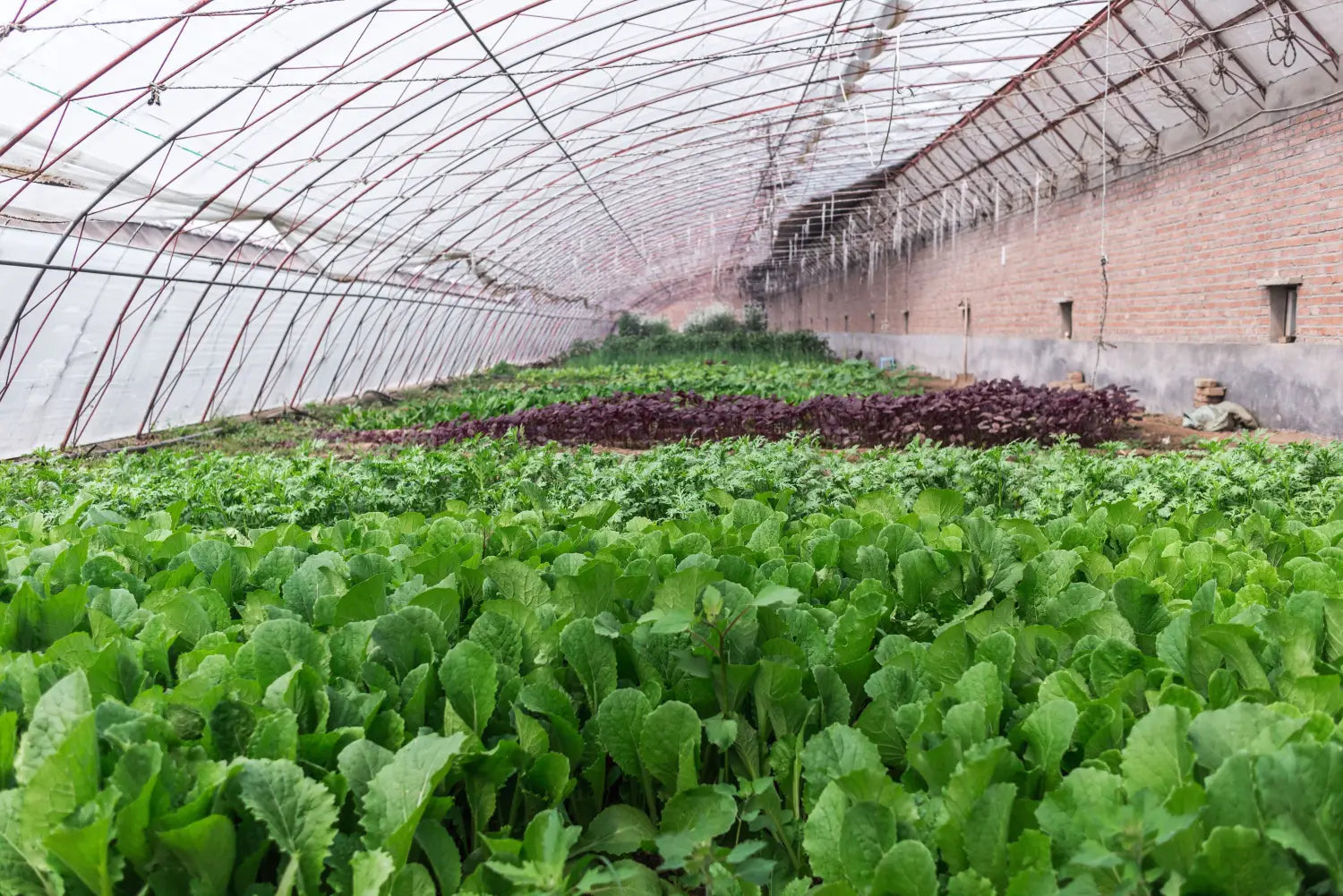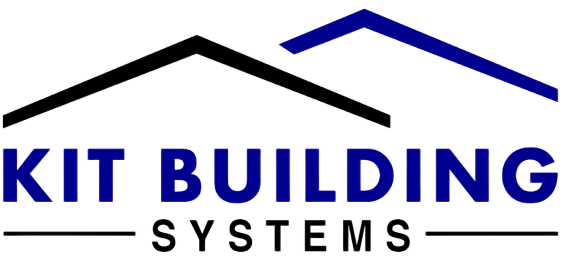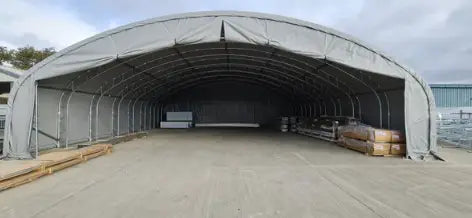
Protecting Your Harvest: The Importance of Secure Agricultural Buildings
When it comes to agriculture, the picturesque fields and orchards we often imagine are the result of hard work, careful planning, and a touch of luck. However, modern farming faces numerous risks and challenges that endanger our food supply. From weather-related hazards to pest infestations and thefts, farmers constantly navigate a complex web of obstacles. To protect their crops and maximize yields, safeguarding agricultural buildings is crucial. In this article, we will delve into the significance of secure agricultural structures by examining the risks involved, exploring cutting-edge technological solutions, and highlighting the economic benefits they bring.
Agricultural Risks and Challenges
Weather-Related Risks:
Climate change has caused unpredictable weather patterns, posing challenges for farmers who struggle to anticipate the occurrence of droughts, floods, and extreme heatwaves. These events have the potential to destroy crops and result in substantial financial setbacks. Why not protect your crops with an agricultural building?
Pest Infestations:
Insects and animals that are considered pests pose an ongoing threat to agriculture. If not adequately controlled, these unwanted invaders can swiftly destroy a farmer's diligently cultivated harvest. Your crops will be protected by using an agricultural building.
Theft:
Theft in the agricultural industry is becoming an increasingly worrisome issue. Whether it involves stealing equipment, livestock, or crops, these acts of theft can result in significant economic damage to farmers. Our Agricultural buildings are extremely secure and act as a great storage solution.
Crop and Yield Protection

Securing agricultural buildings is of utmost importance in safeguarding crops and maximizing yields. Insufficient protection can result in significant losses
Protecting agricultural buildings is crucial for safeguarding crops against unpredictable weather conditions. By creating a controlled environment, farmers can shield their plants from extreme temperatures, heavy rainfall, and strong winds. This level of control ensures consistent and reliable crop production, ultimately resulting in increased yields.
Furthermore, secure agricultural buildings can effectively prevent pests and wildlife from infiltrating and causing damage to crops. By implementing well-designed structures, we can create effective barriers that keep these threats away, subsequently minimizing the reliance on harmful pesticides.
Secure Building Design
When designing agricultural buildings, it is crucial to prioritize security. Here are some important principles and elements to keep in mind:
Layout:
When designing agricultural buildings, it is important to consider the convenience and accessibility for farmers and workers while also ensuring limited access for unauthorized individuals. Implementing controlled entry and exit points can greatly enhance security measures.
Materials:
Choosing durable and resilient materials for construction is paramount, especially for agricultural buildings. Walls and roofs that are reinforced can withstand harsh weather conditions and provide resistance against intrusion attempts.
Construction Methods:
To ensure the durability of an agricultural building, it is crucial to employ sound construction methods. This includes using reinforced concrete, steel frames, and securely installed doors and windows as essential components.
Technological Solutions
There are numerous modern technological advancements that can significantly enhance the security of agricultural buildings. These solutions include:
Surveillance Systems:
By installing surveillance cameras, farmers can effectively prevent theft and gather crucial evidence in the event of unauthorized access. The added advantage of remote monitoring enables farmers to monitor their property continuously, even when they are not physically present on-site.
Climate Control:
To maintain ideal growing conditions for crops, farmers can implement climate control systems. These systems regulate temperature, humidity, and ventilation to protect against extreme weather and pest attacks that could damage the crops.
Automation:
Automated systems for tasks such as irrigation, lighting, and security offer numerous benefits. They enhance efficiency, reduce the risk of human error, and can be remotely controlled and monitored. This provides farmers with peace of mind, knowing that their operations are securely managed.
Economic Benefits
Investing in secure agricultural buildings offers substantial economic benefits. Although the initial costs may appear high, the long-term advantages far outweigh them:
Reduced Losses:
By implementing secure buildings, farmers can safeguard their crops and equipment, reducing potential losses from theft, weather damage, and pests. This proactive measure ultimately leads to increased profitability in the long run.
Increased Productivity:
By implementing controlled environments and utilizing automation, farmers have the ability to optimize crop growth. This leads to higher yields and increased productivity in their operations.
Long-Term Sustainability:
Having secure agricultural buildings is crucial for the sustainability and success of farming operations. These structures help minimize losses and improve efficiency, allowing farmers to sustain their livelihoods and ensure a steady food supply for the world.
Regulatory Compliance
Apart from safeguarding crops and investments, it is crucial to adhere to agricultural regulations and standards. Compliance guarantees the safe and sustainable execution of farming operations while preventing potential legal complications that may arise due to non-compliance.
Adhering to safety and environmental regulations is crucial for farmers when constructing secure agricultural buildings. By meeting these standards, farmers not only protect their own operations but also contribute to the overall mission of responsible and sustainable agriculture.
Conclusion
Protecting agricultural buildings for sale is vital in modern farming. Farmers face numerous risks and challenges that highlight the significance of safeguarding crops, equipment, and livelihoods. By adopting secure building designs, utilizing technology solutions, and complying with regulations, farmers can enjoy economic advantages such as improved productivity, reduced losses, and long-term sustainability. As we envision the future, securing our agricultural infrastructure will be crucial in meeting the increasing global food demand.




